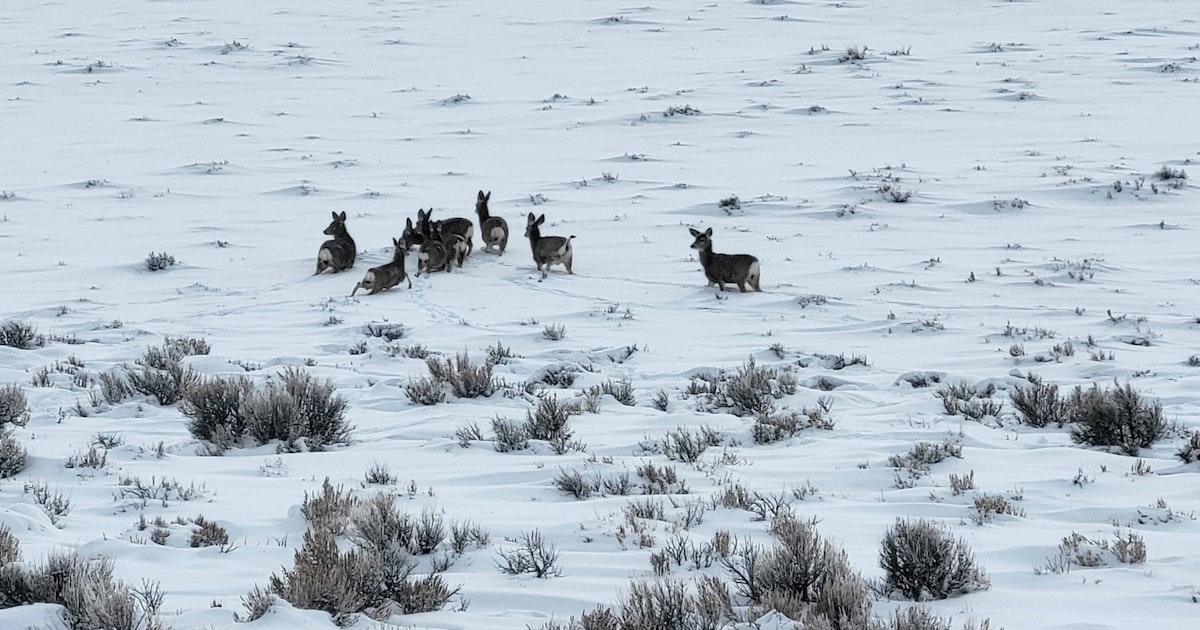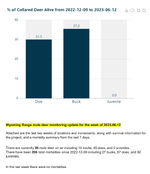wyobigbuckhunter
FNG

Wyoming Range Winterkill Far Worse Than Thought: 80% Of Adult Deer & Nearly All Fawns Dead
Winterkill losses in the famed Wyoming Range mule deer herd might be far worse than thought with as many as 80% of adult deer and nearly all the fawns dead.
I just saw this article a few days ago. Since that time, I have spoken with contacts that live in the Big Piney, Pinedale, and Kemmerer areas. Some of the "boots on the ground" observations are consistent with the severity portrayed and some aren't. I know that it is bad out there and have seen some of the severity first hand, but my thoughts on this article are:
1: This article is written to imply that the whole herd is decimated across the landscape, but from observations from those in the field indicate that it may be "spotty" depending on each specific area that mule deer wintered.
2: Severity to this point has been based on collared deer with a small sample size and may not represent the full population.
(The article does state that "mule deer losses were gauged according to monitoring of deer migrating back to summer range". Does anyone know if this is aerial surveys, or the specifics of how this is was done?)
3: This article may "cherry pick" the worst to sell a story.
To get a broader sample than my small group of contacts, I'm curious as what everyone has seen or is seeing on the winter range and your thoughts based on the accuracy of the information presented in this article.

